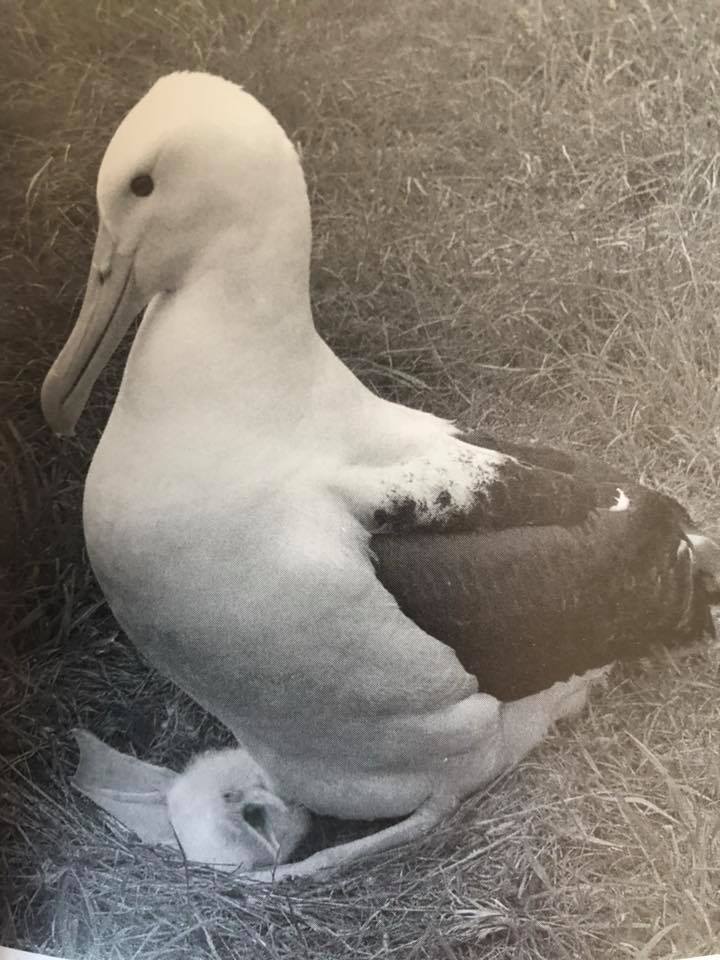New Zealand’s Department of Conservation (DOC) has reported on the start of the 2018/19 breeding season of globally Endangered Northern Royal Albatrosses Diomedea sanfordi at Taiaroa Head.
Fifty-one eggs have been laid this season compared to a range of 30-35 eggs laid annually in the past five years in New Zealand’s only mainland albatross colony, with an overall maximum since colony inception of 36 nests with eggs. Because a female-female pair is present, laying two eggs, the number of breeding pairs this season is actually 50. DOC staff plan to ‘candle’ the eggs to ascertain how many are fertile. Last season’s extreme weather resulted in a high number of failed nests and only 13 chicks fledging, compared with 26 and 23 chicks in the previous two years.
“Breeding usually takes place on a two-year cycle, however birds whose nests fail sometimes return the following season to breed again and this is the reason for this year’s increased nest and egg numbers. We know some eggs will be infertile and one egg was found broken in its nest. While we can expect other challenges such as early embryo deaths, we’re still hopeful this will turn out to be our best breeding season yet.”
“Over the last few weeks we have replaced the irrigation system used to cool the albatrosses on hot, dry days by upgrading the piping to endure the increasingly extreme weather conditions. We also have new egg-candling and supplementary feeding equipment which will improve albatross management.”

The very first breeding attempt to hatch a chick on Tairaroa Head, in 1938; photograph by Lance Richdale (read more here)
In the coming days the live-streaming “Royal Cam” web camera will be in operation directed at a nest as in previous years.
Up until yesterday, 132 colour-banded birds have been seen back in the colony.
John Cooper, ACAP Information Officer, 05 December 2018

 English
English  Français
Français  Español
Español